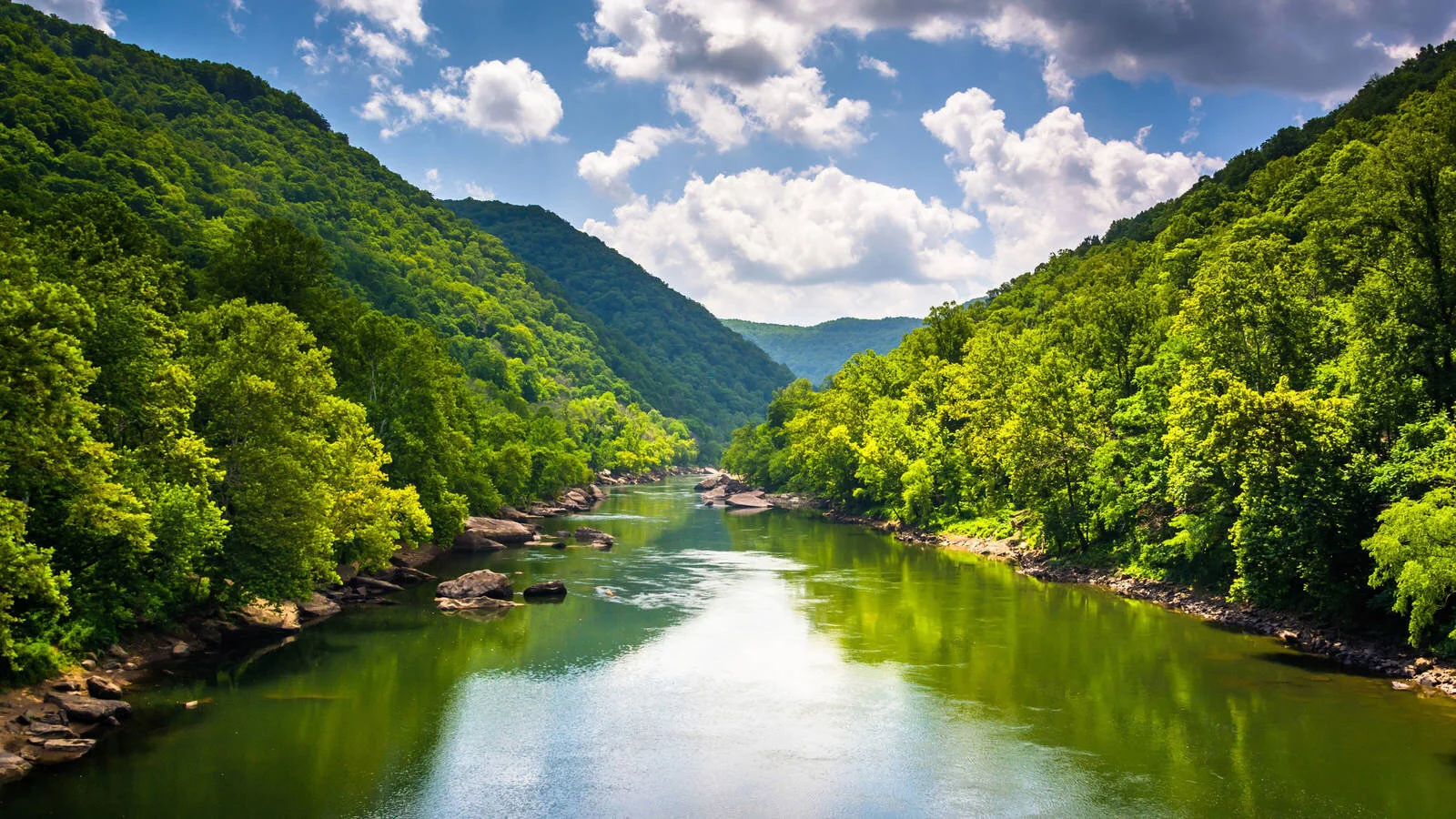The carbon footprint is an essential part of the eco-friendly lexicon, but its history is mired in corporate oil.
Read MoreThe pandemic saw a revival of single-use plastic, so check out these tips on how to switch back to sustainable practices!
Read MoreAs you prepare for the school year, KKB would like to challenge you to make this year a more sustainable school year!
Read MoreIt is important to understand the intersectionality of environmental and social issues. These issues are not mutually exclusive; they are directly linked.
Read MoreRegenerative agriculture can be a powerful solution to many of our modern-day environmental and societal problems, but first, we need to get over the hump of being a nascent movement.
Read MoreRegenerative agriculture is a powerful component of the circular economy, but there’s an ongoing debate on exactly what regenerative agriculture looks like and how it will impact various sectors of our society. Join us in the first part of this discussion as we dissect what regenerative agriculture is and the problems with our current system.
Read MoreA quick introduction to the circular economy and how it compares to our current model.
Read MoreHere’s a quick guide to some effective strategies for talking about climate change to people from all walks of life.
Read MoreAs we’re all aware, plastic is everywhere. It’s in our computers and phones, in appliances, in furniture, in our clothing, and can even be found in building materials for our homes. Most of our plastic is made from crude oil and thus releases a lot of planet-warming emissions as it’s produced, but there are a growing group of plastics that are being made from plants called bioplastics which are biodegradable and compostable. Unfortunately, these types of plastics are usually only compostable in commercial composting facilities which most of us don’t have access to. This means that these plastics can still take years to break down, and if they are single-use, they can still end up littering our landscapes.
Read MoreWe all know about reusable water bottles, grocery bags, and straws, but what about alternatives for all of the other plastic in our lives. Think dental floss, groceries wrapped in plastic, household cleaners, lotion, etc. Plastic is so pervasive in our lives that it’s hard to comprehend. It can be completely unrecognizable even. For example, the plastic microfiber that is used to create much of our clothing or plastic flooring, decking, and furniture that’s made to look like wood. Of course, there’s an inherent difference between single-use plastic and durable plastic, but it all has a toll and even durable plastic can degrade and leach microplastics into our food supplies, waterways, and ecosystems.
Read MoreLess than 1% of all clothing material is ever recycled, ~82 million tons of greenhouse gas is emitted by the fashion industry every year, the fashion industry consumes 79 trillion liters of water, the EPA estimates that 5% of all landfills in the U.S. are made of textiles, and of the clothing that is donated every year, only a fraction of it gets resold. More often than not, the clothing we donate ends up in countries like Ghana. From there a small fraction of our old clothing is resold at resale markets like Kantamanto Market, but more often than not, our old clothes end up in the landfills there.
Read MoreMany of us have noticed an increase in litter in our beautiful community over the past year. You might be wondering why that is and who’s responsible for cleaning it up.
First of all, reduced capacity due to the pandemic certainly has its place here, but also Knox County and the City of Knoxville have separate means of dealing with litter, which means that it can be a little confusing about who to contact. We’ll go over how each litter system works, how you can report particularly bad litter areas, and how you can get involved. We also have many wonderful organizations, such as our own, who help to keep Knoxville clean.
Read MoreWhen Europeans reached what would become the United States, they encountered an environment that was largely shaped by beavers. At the time, beavers were considered a pest species because of their penchant for “chaos.” In fact, they were hunted to extinction in Great Britain at roughly this time. Beavers pull down trees, causing streams to flood, which can be a nuisance if you’re trying to work the land. From the 1500s, Beaver populations gradually diminished in the United States partly due to their nuisance status, but also due to high demand for fur hats and coats.
Read MoreOcean acidification and warming has far reaching impacts on our marine ecosystems and the planet at large. Join us to learn more about what ocean acidification and warming are and how these processes impact our planet.
Read MoreEverything you need to know about planting trees in East Tennessee.
Read More8 Eco-friendly ways to stay warm this winter
Read MoreCome learn more about the most biodiverse waterways in North America.
Read MoreRainfall can impact our environment in multiple ways. Stormwater doesn’t just end up back in our waterways only to continually contribute to the water cycle. It can have far ranging impacts on the health of our water and water ecosystems, and it can cause major headaches here at home in the form of flooding.
Read MoreKnoxville is a great city to explore, and there are a number of options for getting around that beat driving. Come see all the benefits of changing your transportation routine.
Read More



















